Get PeakVisor App
Sign In
Search by GPS coordinates
- Latitude
- ° ' ''
- Longitude
- ° ' ''
- Units of Length

Yes
Cancel
Share ×

Scan the QR code and open PeakVisor on your phone
❤ Wishlist ×
Choose
Delete
The Carrizo Mountains are an extinct volcanic range, mainly circular in shape, located in the northeastern part of Arizona in the United States. The range is located in Apache County and is part of the Navajo Indian Reservation. There are 42 peaks. Pastora Peak is the highest (9,409 ft/2,868 m) and the most prominent (2,749 ft/838 m).
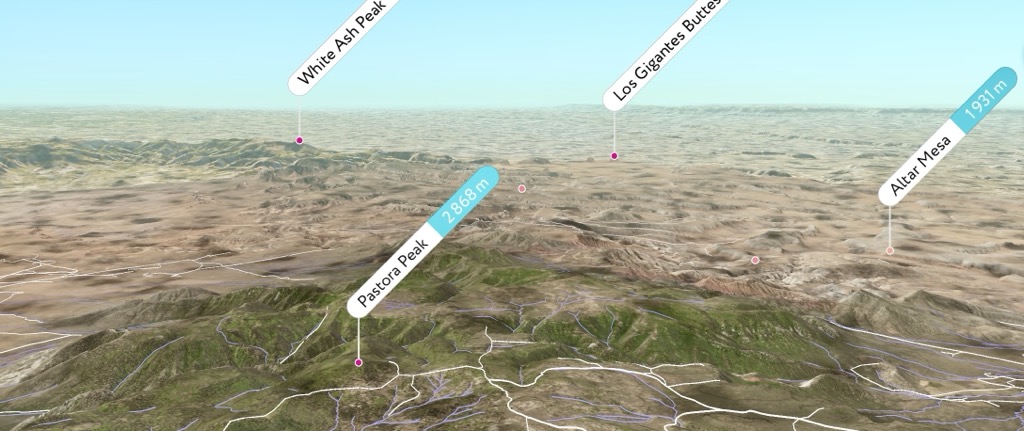
Located in the northeastern corner of Arizona, the Carrizo Mountains lie within the Navajo Indian Reservation. The range is roughly circular in shape, spans 9 to 12.5 miles (15 to 20 km) in diameter, and covers about 950 square miles (2,460 sq. km).
The mountains are part of the Chuska-Tunicha-Lukachukai-Carrizo mountain chain.
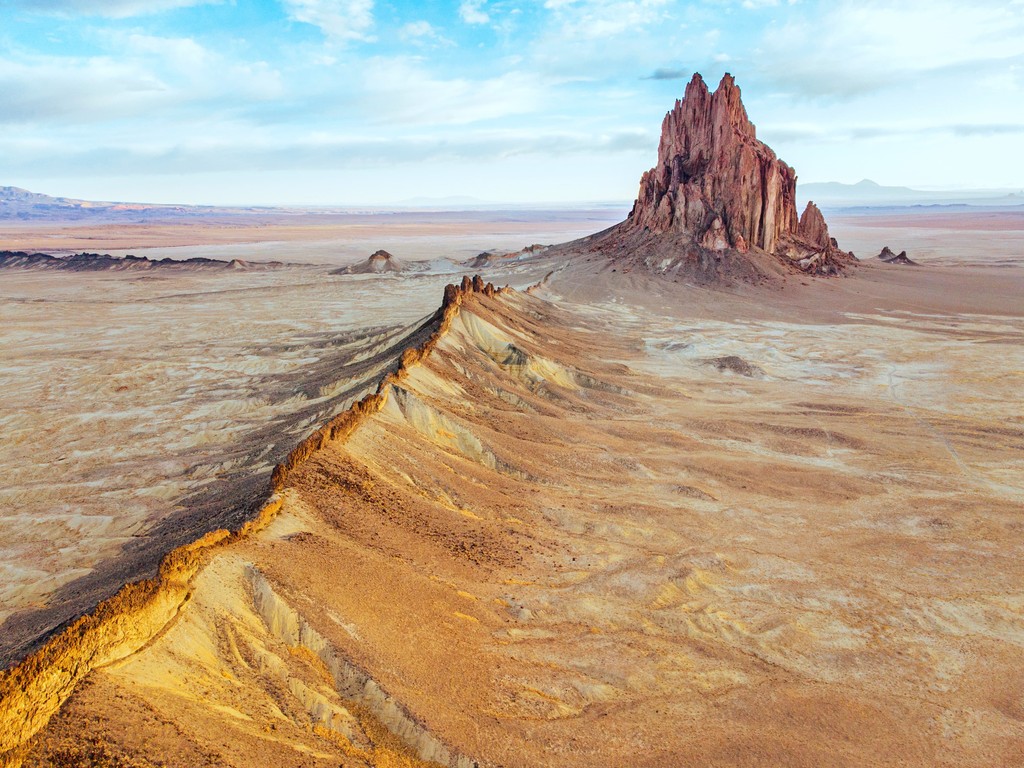
In Spanish, carrizo means “reed grass”. The Navajo name for the range is Dził Dziil (mountain that gropes around). Navajo legend says the Carrizo Mountains form the lower portions of the mythical figure Yódí Dziil (Wealth Mountain) and the other ranges listed above comprise the rest of his body.
The range is located near the Four Corners, designating the boundary between Colorado, New Mexico, Arizona, and Utah. The famous landmark is part of the Navajo Nation.
The Carrizo Mountains are an extinct volcanic range located on the Colorado Plateau. The mass of the range is made up of igneous rock that intruded through marine strata dating from the Permian through the Cretaceous periods. The igneous rocks form laccoliths, stocks, sills, and dikes and are between 70 and 74 million years old. The most common igneous rock is porphyritic hornblende diorite.
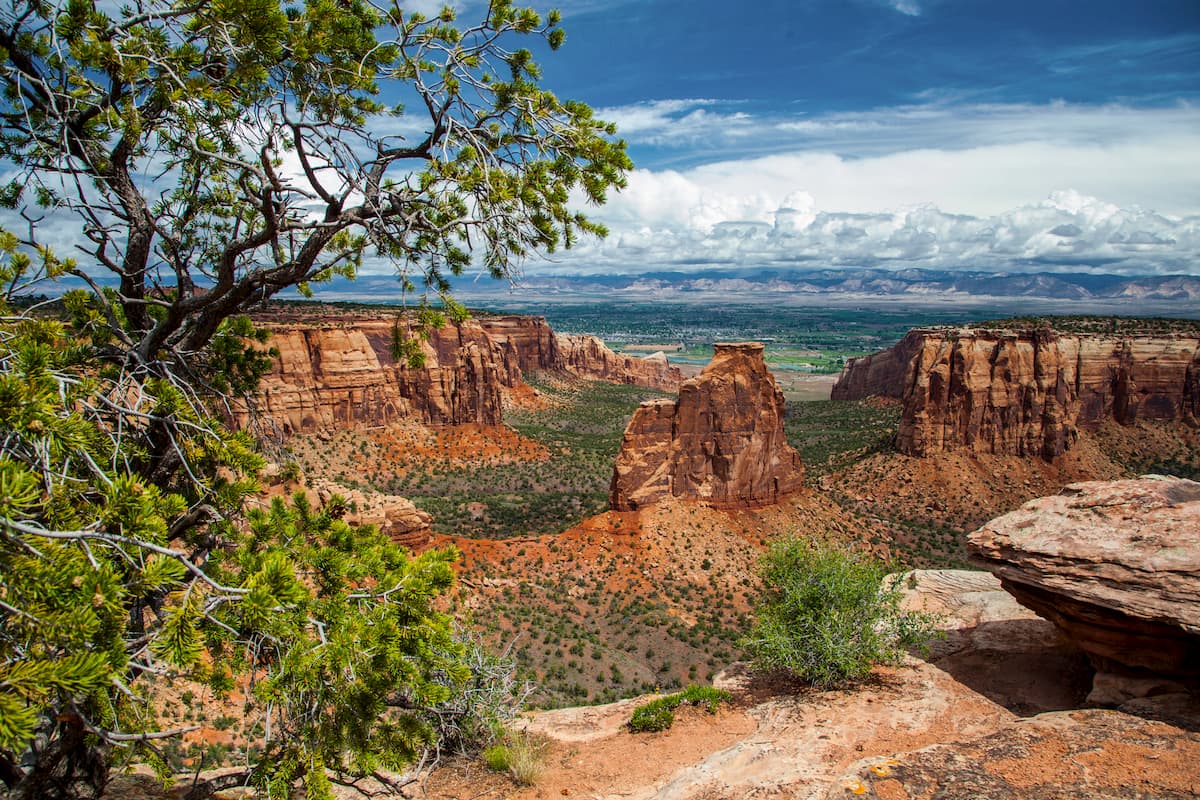
Along the slopes, sedimentary rocks from the Mesozoic era are exposed. Much of the rock is overlaid by a thin layer of outwash gravel, sand, or alluvium.
No large ore deposits have been discovered in the range. Small amounts of uranium, vanadium, copper, and silver were found in the sedimentary rocks of the Morrison Formation. There was mining for carnotite deposits in the 1940s.
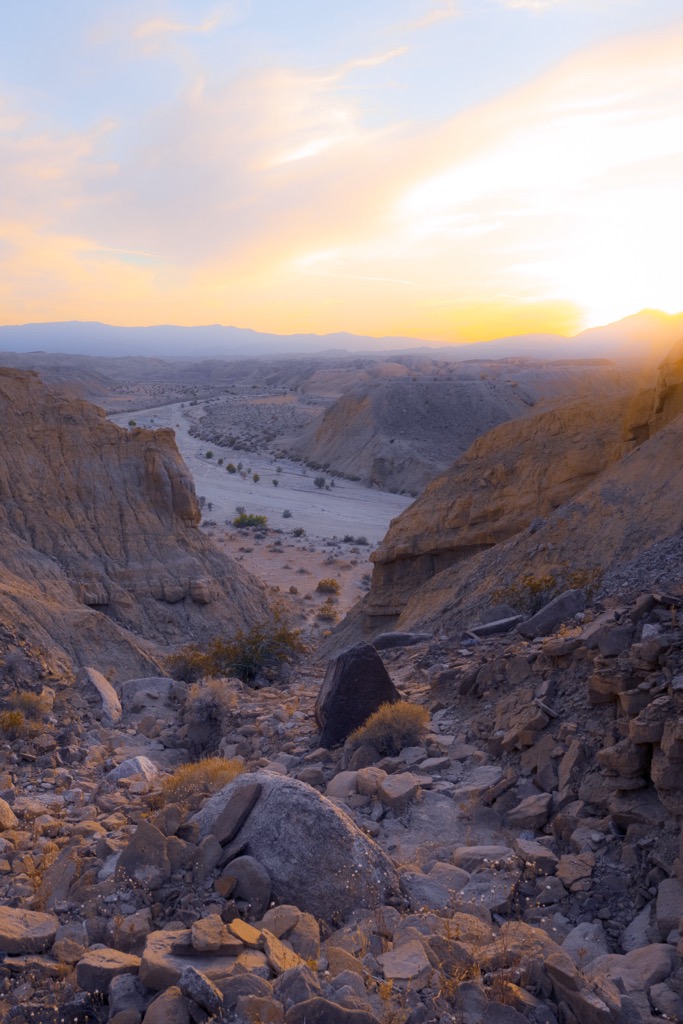
The Carrizo Mountains are fairly remote and located in an arid region. There are many open meadows and patches of pinyon pine, juniper, and mountain oak. Common grasses and vegetation include indian rice grass, blue grama, galleta, winterfat, and cliffrose.
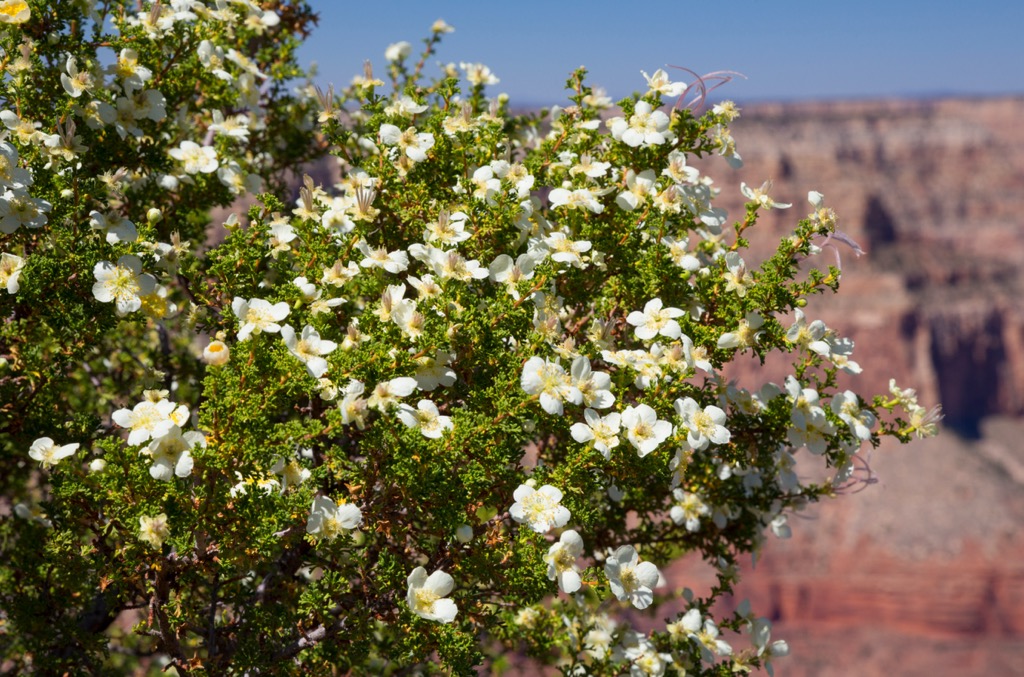
The area supports wildlife suited for its arid climate. Lizards such as horned lizards and plateau fence lizards thrive, as do snakes and small rodents.

Birds that make their home here include juncos, chickadees, ravens, hawks, eagles, and owls. Mule deer and bobcats roam through the range.
The Navajo use the mountains in the summer for their livestock. They maintain corrals, seasonal camps, and pastures for grazing. Snowfall in the winter makes the mountains inaccessible.
The Navajo Indian Reservation encompasses the Carrizo Mountains. The Navajos are thought to have first settled in the region around 1400. At first they were hunters and gatherers but shifted towards farming and herding due to Spanish influence beginning in the 1600s.
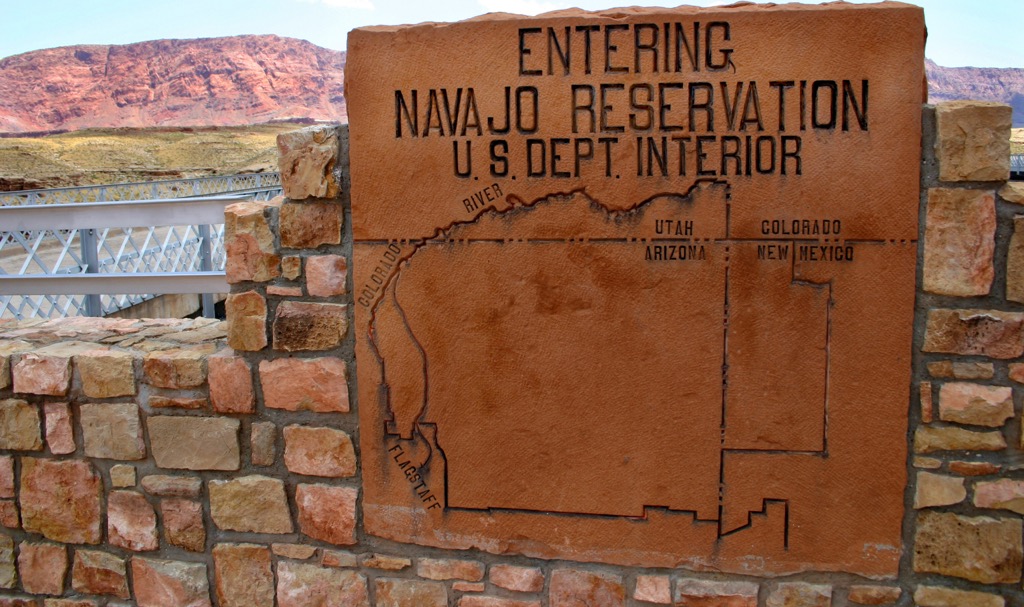
The US took control of the New Mexico territory in 1849 after the Mexican-American War. As more settlers and troops established themselves in the area, conflict between the groups increased. Both Natives and settlers raided and fought small skirmishes. In 1861, the US Army increased their efforts to control the Navajo and Apache, mainly by destroying crops and property. This drove many Navajos to leave for Fort Defiance in order to survive.
In 1864 the US Army took things a step further and forced approximately 9,000 Navajos to walk more than 300 mi (480 km) from Fort Defiance to Fort Sumner. This grueling journey was followed by four difficult years in Fort Sumner and is referred to by the Navajo as “The Fearing Time”. In 1868, the US established the Navajo Indian Reservation and the tribe was finally allowed to return to their homeland.
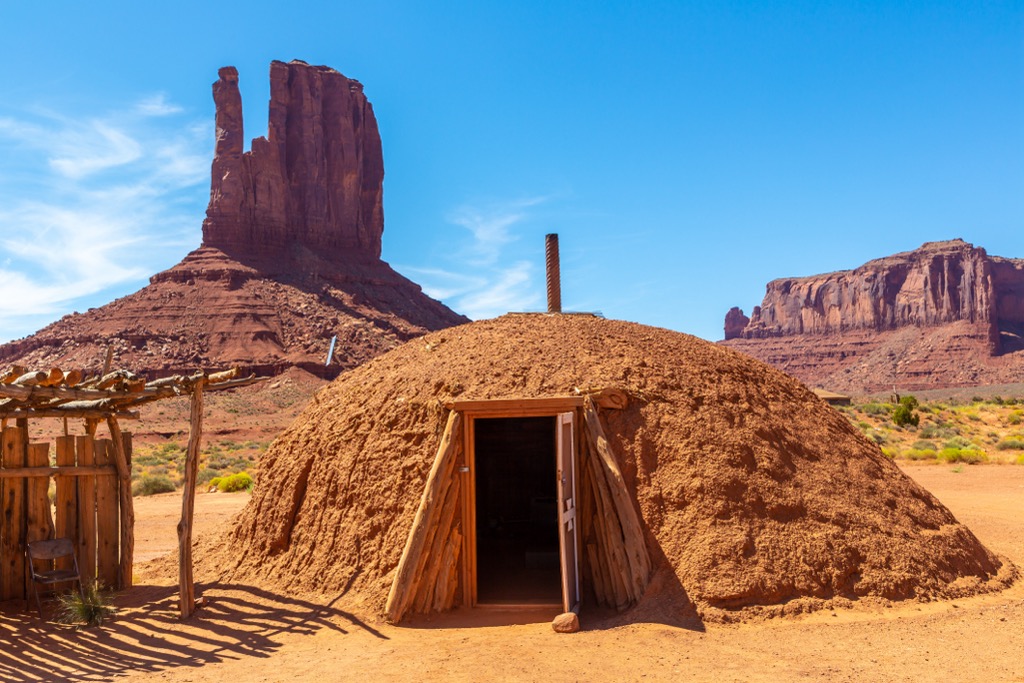
Initially the reservation granted about 5,200 mi (8,369 km) of land to the Navajo Nation. This territory continued to be expanded through 1934 and subsequently underwent other changes, such as including and then separating from Hopi Territory. The Carrizo Mountains are used in summer for livestock grazing.
The Carrizo Mountains are a fairly inconspicuous range. Located within the Navajo Indian Reservation, recreating in the area requires a permit and small payment in advance. Payment is typically about $5 for day use and $5 for camping, though it is best to check in advance. There are no official campgrounds in the reservation. One can camp in the pull offs along the road or dispersed, but it is important to leave as little a footprint as possible. Make sure you are not using one of the tribe’s seasonal camps.
Pastora Peak is not the most impressive hike but it is a lovely day trip. People like it for its elevation (9,409 ft/2,868 m), views from the top, and solitude. It’s best to have a high-clearance four wheel drive vehicle to enter as parts of the road are steep, rocky, and slippery when wet.
There is no established trail to the top. Drive as close as you like to the mountain and then park on the side of the road. Using a map and observations, hike to the base of the peak. From there, head up the steep hillside to the top. The summit is brushy but from here you can appreciate sweeping views of the Chuska Range to the south, Ute Peak to the northeast, Abajo Peak to the north, and Navajo Mountain to the northwest.

The range is located near tribal communities such as Teec Nos Pos. Those with permits can camp. The range is somewhat remote and two of the nearest larger towns are Durango, Colorado, and Flagstaff, Arizona.
Located 2.5 hours away to the northeast, Durango, Colorado has a population of 19,000 people. The town is surrounded by the San Juan National Forest with miles of trails for hiking and biking, and slopes for skiing in the winter. One popular thing to do while in town is take the historic Durango and Silverton Narrow Gauge Railroad.
The town offers historic walking tours or you can enjoy on your own the town’s numerous art galleries. For a small town, there is a decent range of dining options with a big focus on eating local. Accommodation options include B&Bs, mountain cabins, luxury hotels, and campsites.
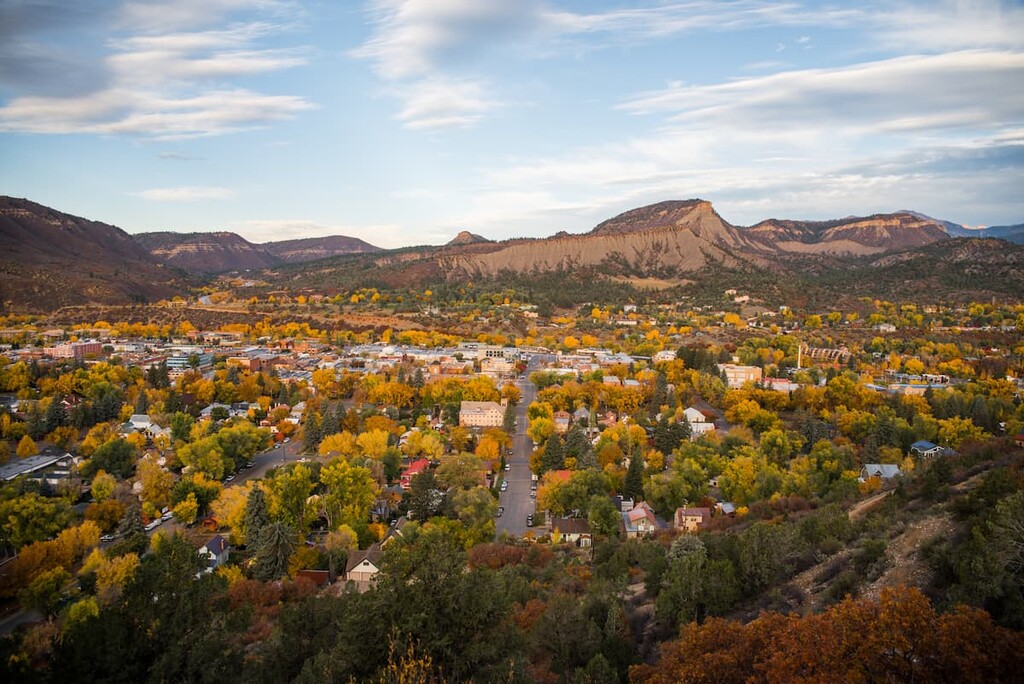
Flagstaff, Arizona is a four hour drive to the south and home to 77,000 people. It sits in the midst of the world’s largest contiguous ponderosa pine forest. From wildflowers in the spring and summer to over 100 in (255 cm) of snow in the winter for skiing and snowboarding, it is an all-season city.
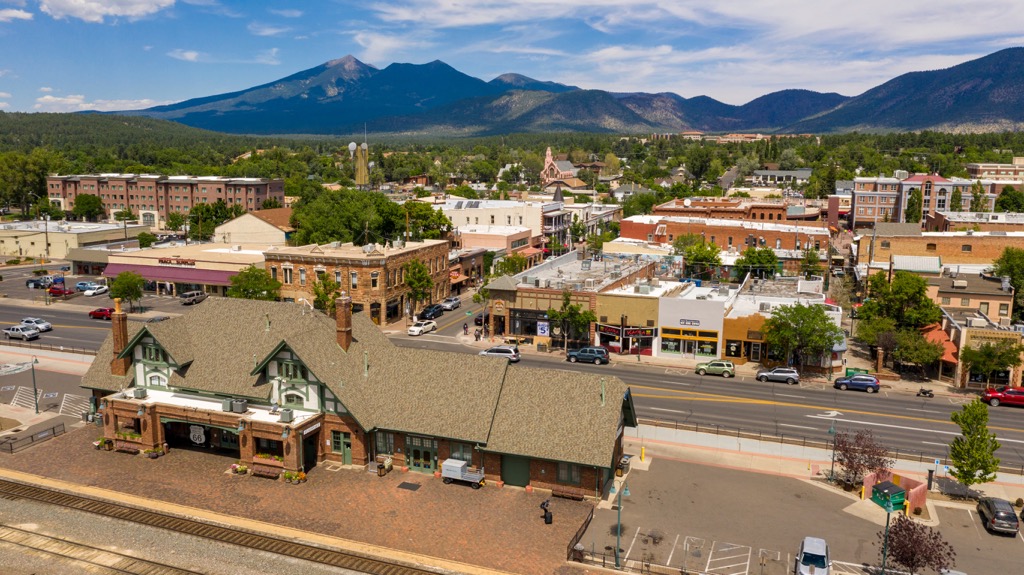
Make a day trip from the town to explore geologic wonders such as Grand Canyon National Park and the Sunset Crater Volcano National Monument, or historic cultural sites at Walnut Canyon and Wupatki National Monuments. To learn more about the area’s indigenous history, stop by the Museum of Northern Arizona.
The city offers a range of cuisines from around the world, pubs, breweries, classic southwestern dishes, and vegetarian options. It offers lodging to suit all tastes, from hostels and motels to luxury hotels, to rustic cabins, campgrounds, and RV parks.
Explore Carrizo Mountains with the PeakVisor 3D Map and identify its summits.
